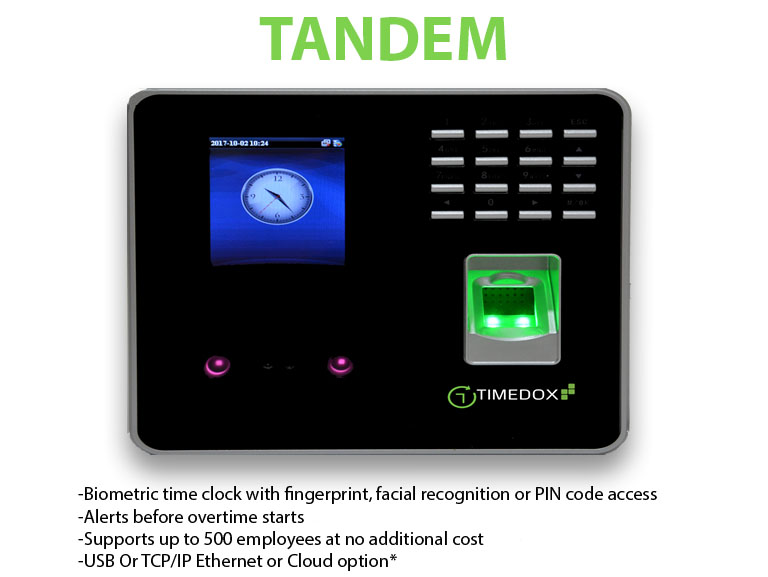
The key is to take advantage of technology in order to closely replicate collaboration in an in-person environment. It is up to them to encourage interaction among individuals and the group.

The team’s success or failure lies solely on the shoulders of the team leader. Leaders must be the ones to initiate contact and collaboration. It’s not enough just to encourage collaboration among your virtual team members. That’s why it’s essential for leaders who want to effectively manage remote employees to develop new best practices and behavior unique to the virtual environment. Virtual environments are unforgiving, particularly if leaders do not communicate well, are not great at delegating, are not inclined to give feedback, and who are not adept at adjusting their leadership style to the remote work world.
ALTERNATIVE TO REMOTE BUDDY HOW TO
How to Manage a Remote Call Center Team: 5 Qualities of a Remote Leader You have to know how to behave as a virtual team leader and what structural elements you need to implement to impact performance positively. You have to build trust in the virtual environment and go further to inspire, influence, engage, train, and run the call center team. It’s not as simple as just walking up to someone’s desk or hopping on a call to listen in.
ALTERNATIVE TO REMOTE BUDDY SOFTWARE
It requires a high degree of trust, effective software tools, special hardware, and strategic planning.įor remote call center managers, this can be a struggle. Remote call center agents are more difficult to monitor effectively. Performance monitoring is critical to quality control in the call center. How do you work with your call center team and handle conversations when you’re not in the same room? While, at first, it might seem advantageous because of reduced commuting, better work/life balance, and infrastructural cost savings, there are some challenges. Challenges of Remote Call Center ManagementĬall centers face many unique challenges when it comes to working remotely. That’s a major challenge for remote work, especially when it comes to remote call center management.

Many people are calling this time an “ experiment in working from home.” However, just like with all experiments, there are positives and negatives.Īccording to Virtual Team Success: A Practical Guide for Working and Leading From a Distance (a study of over 300 virtual workers), 25% of virtual teams were not fully performing, and 33% of team members rated their virtual leaders as less than effective. In a post-coronavirus world, every workplace can expect remote work to increase drastically. Even before the COVID-19 pandemic, 50% of the workforce worked in some sort of telecommuting role, and 80 to 90% would like to work remotely (at least part-time), according to Global Workplace Analytics.


 0 kommentar(er)
0 kommentar(er)
